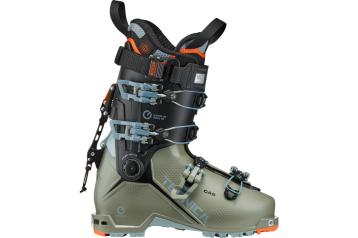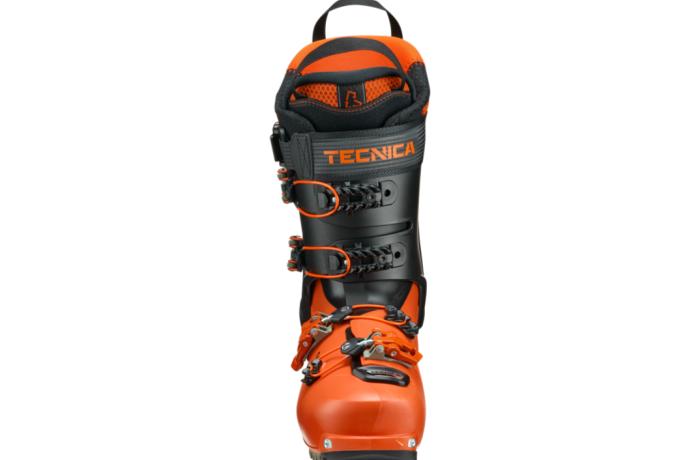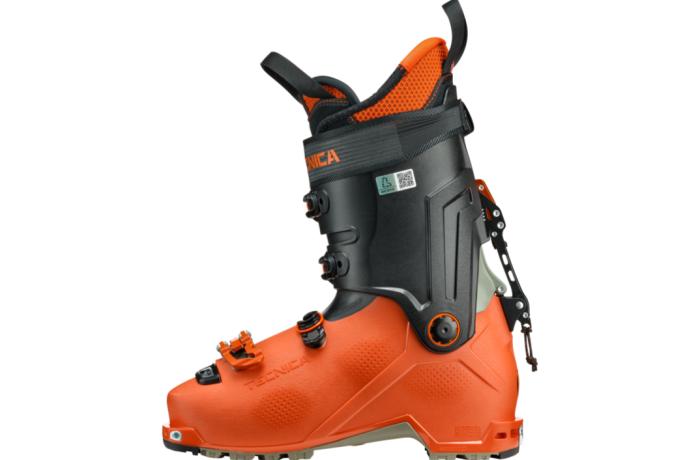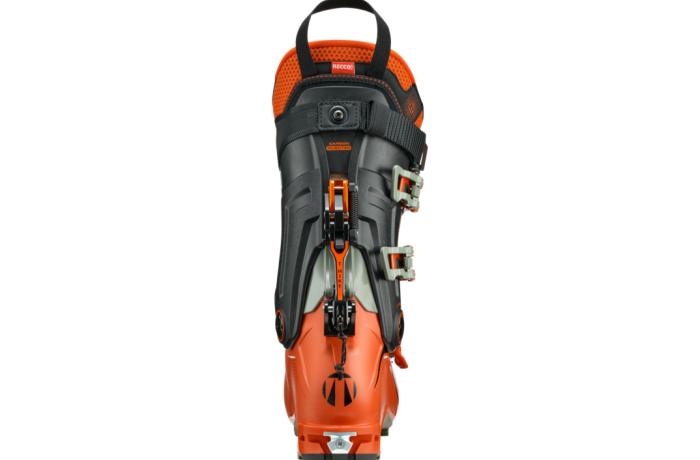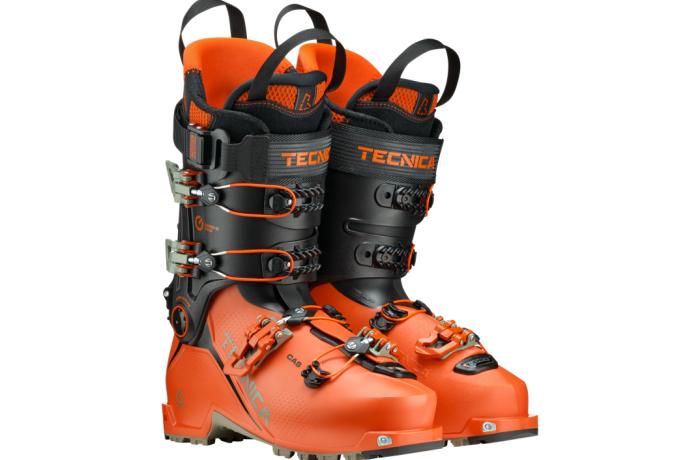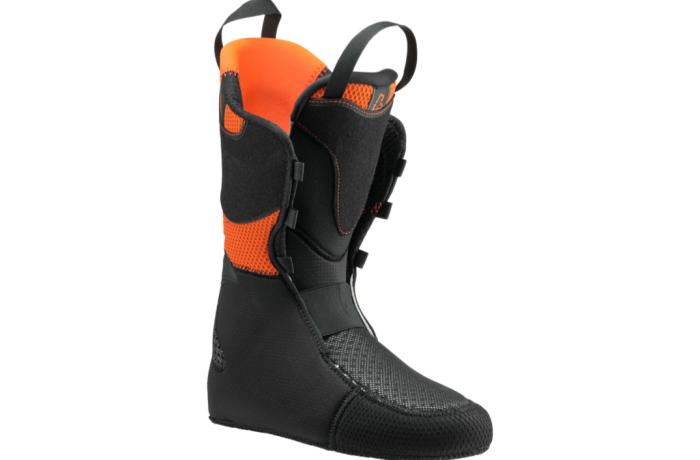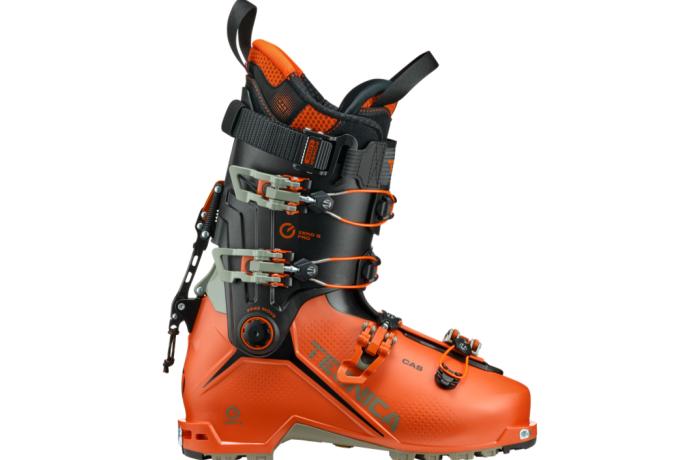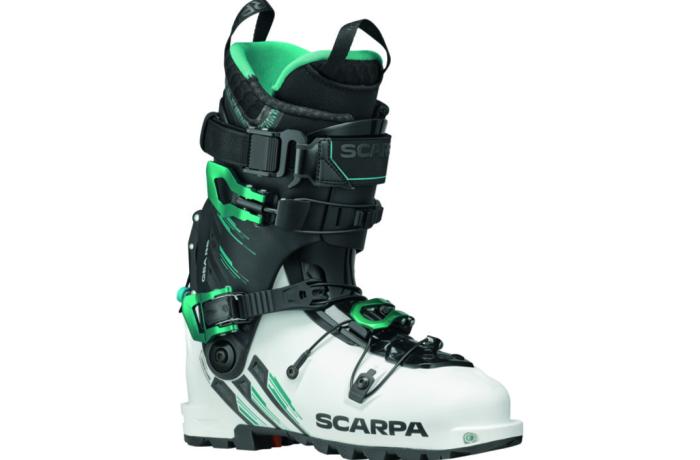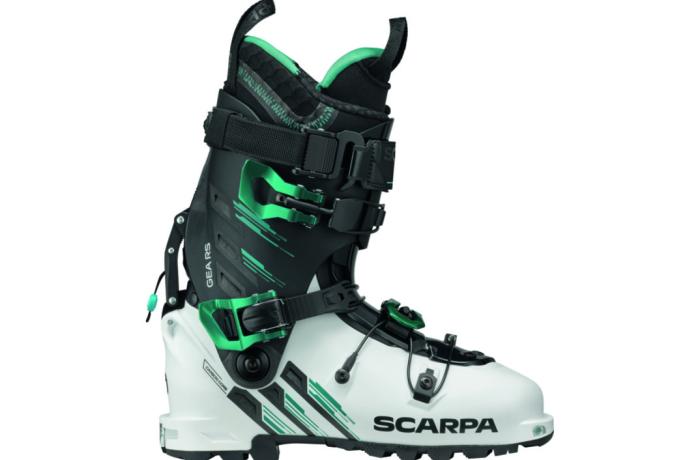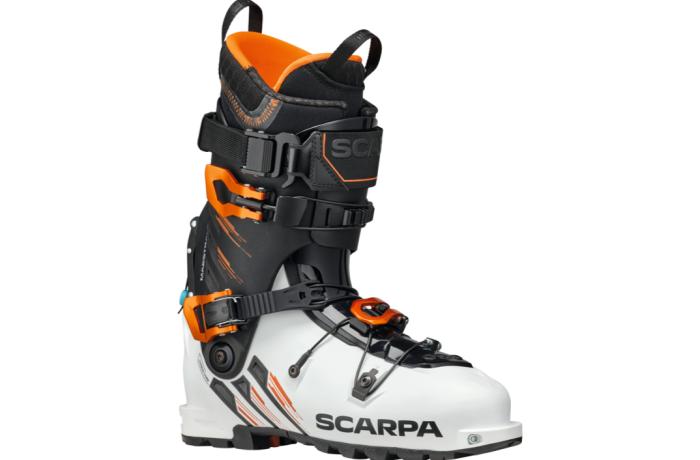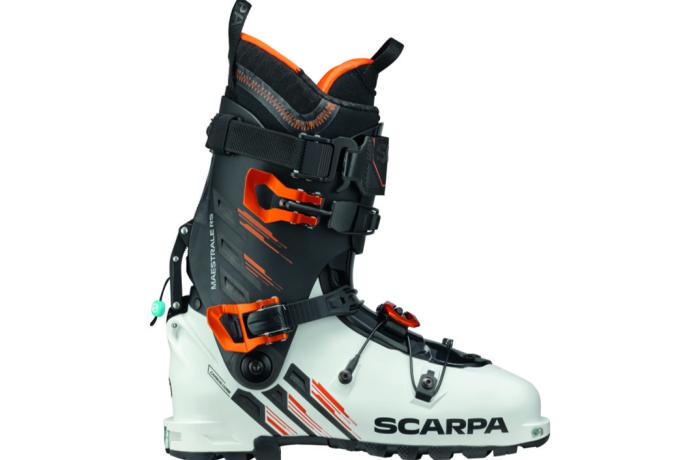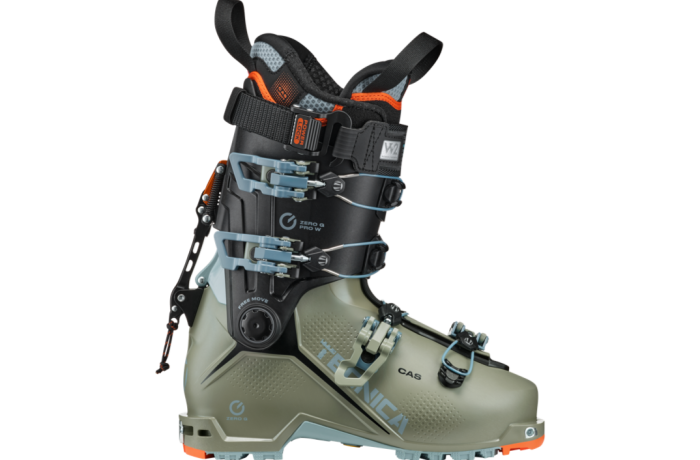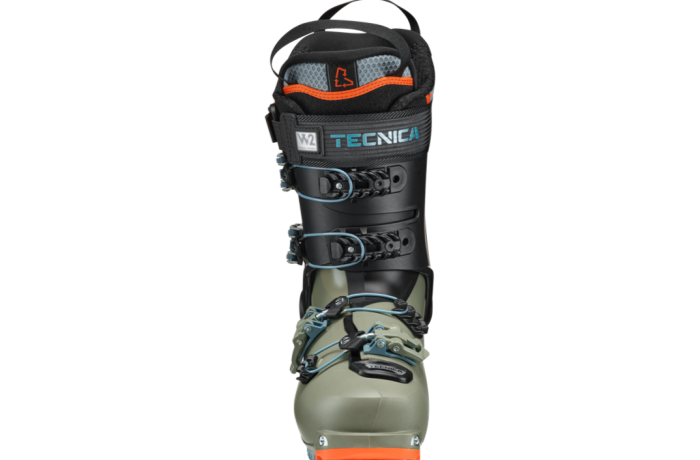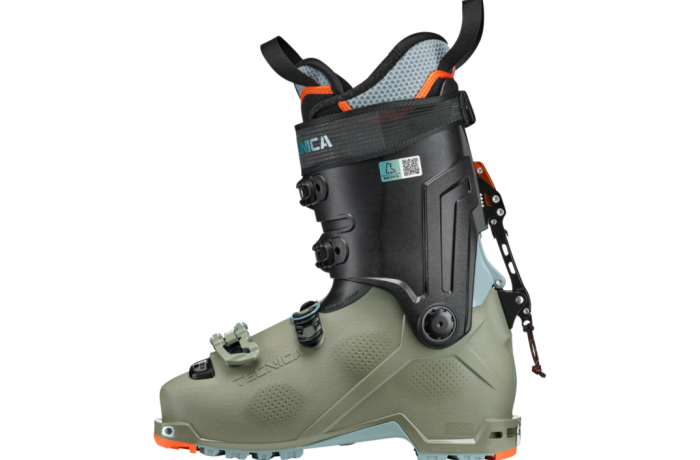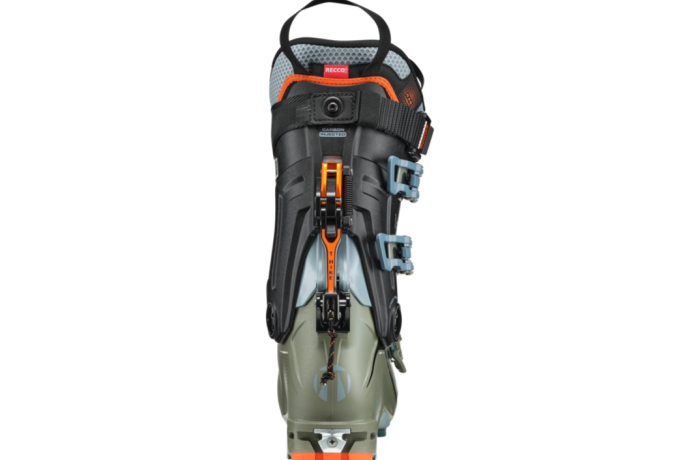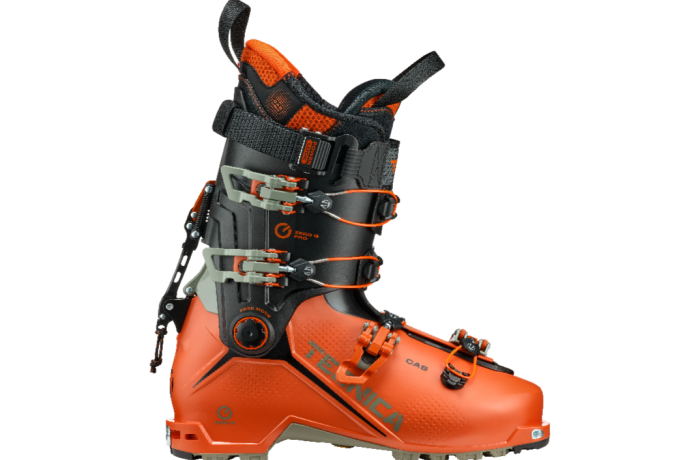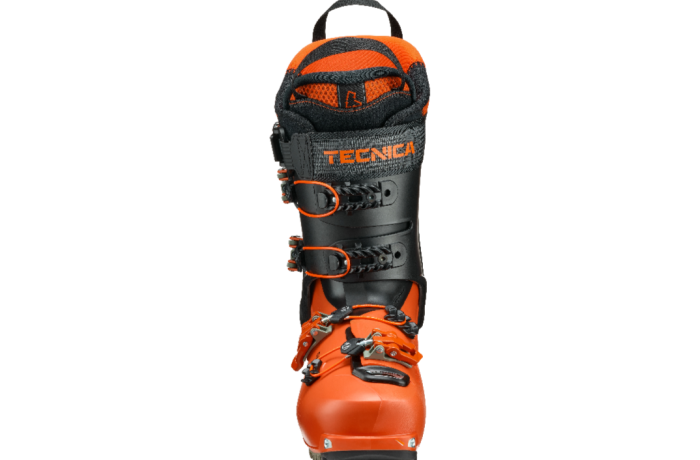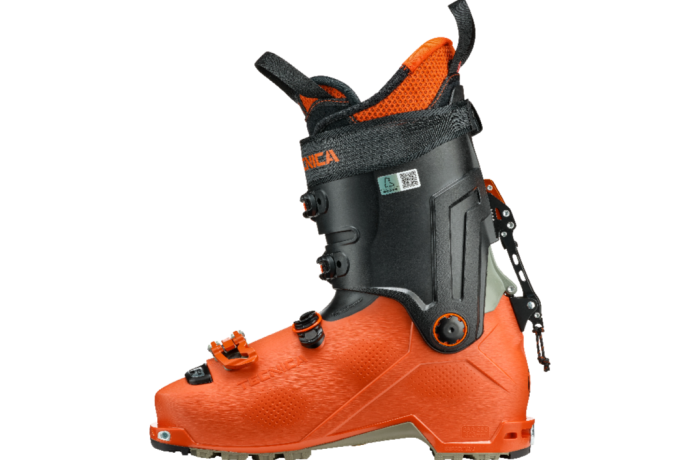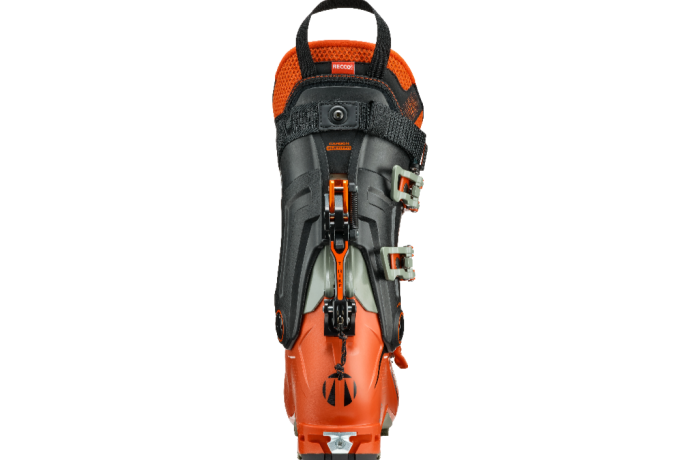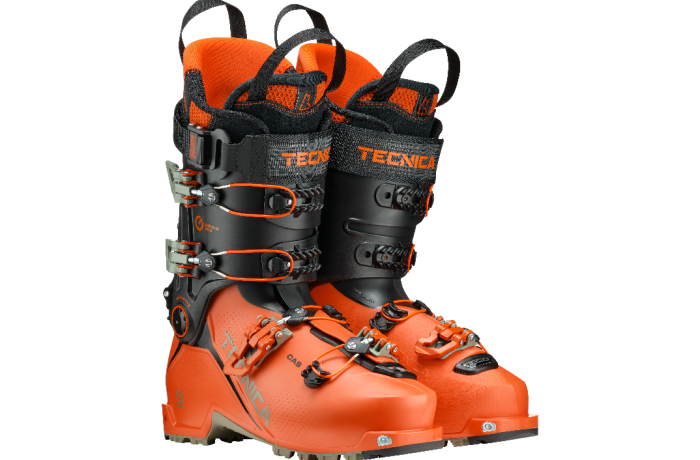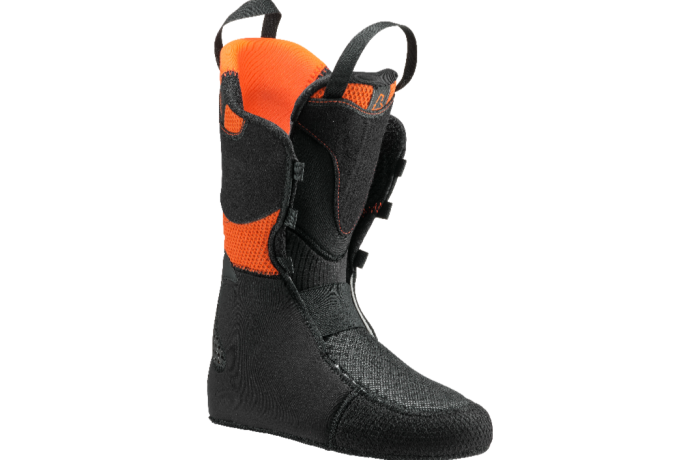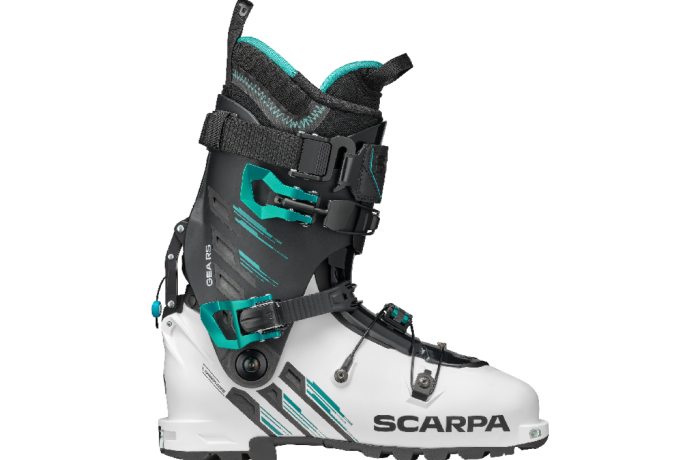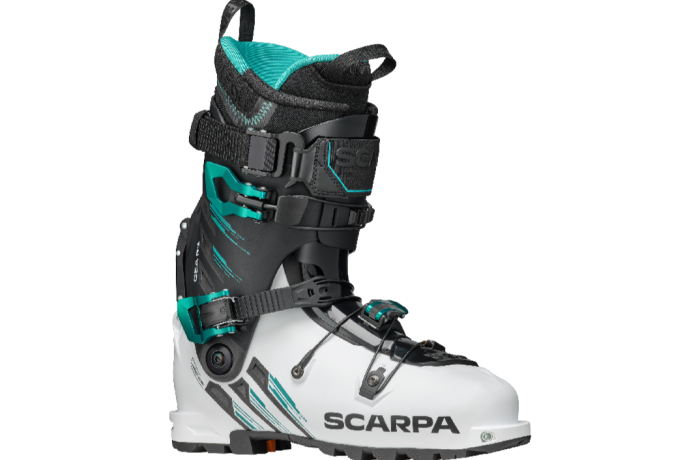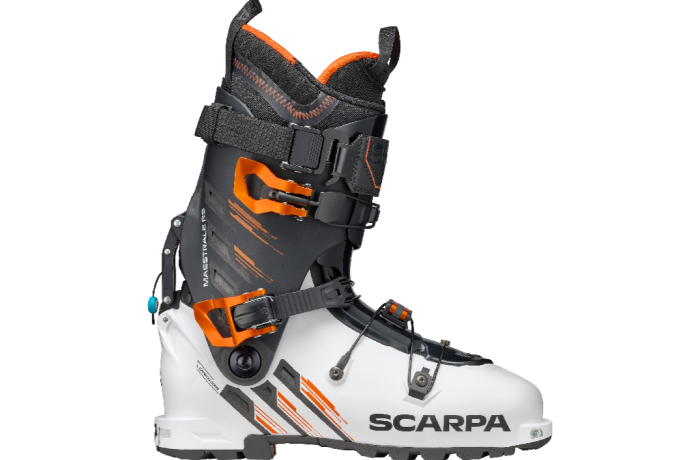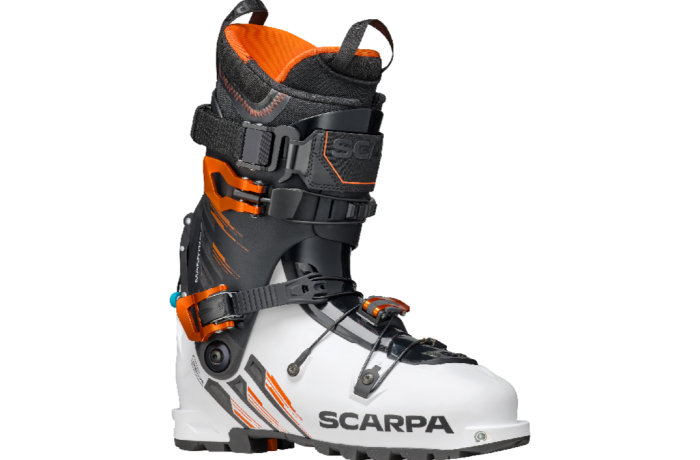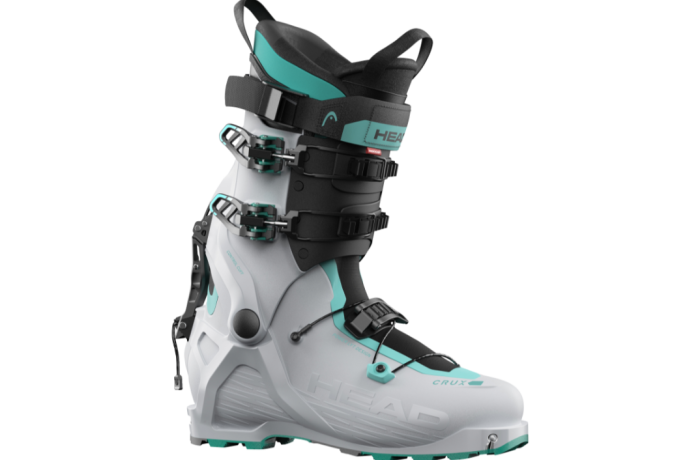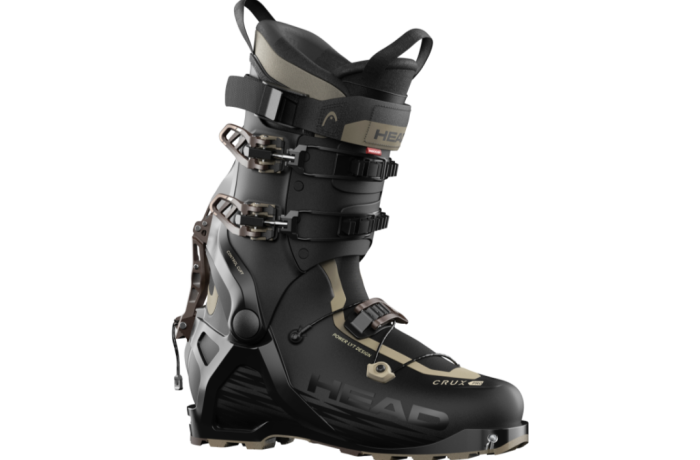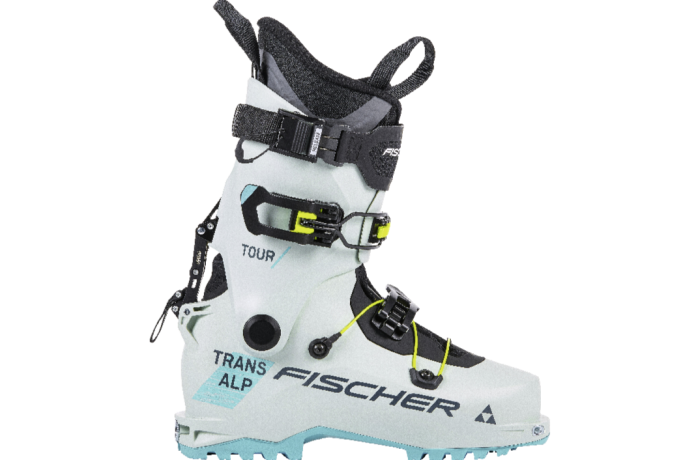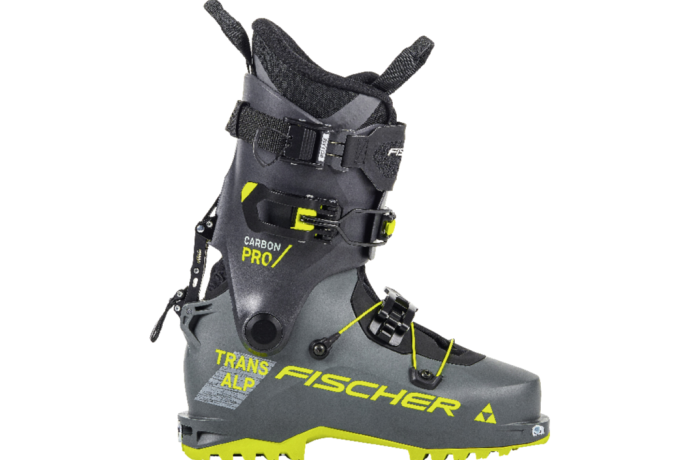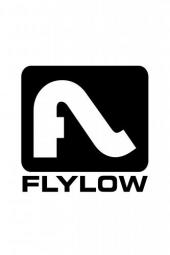Yes, the Tecnica Zero G Tour Pro is our Best Touring Boot, again. We make no apologies for our love of this boot, and testers provided a lot of specific details as to why it rose to the top of our list. First and foremost, for a boot that’s as light and uphill-capable as it is (last year’s updates improved its touring range of motion substantially), testers say this boot skis head and shoulders above the rest--and for our team, the primary point of the sweaty endeavor is the descent. In the Zero G Tour Pro, that downhill experience is nothing short of glorious.
To fully understand how impressive this fact is, it helps to have been a boot tester for many years and skied in hundreds of different boots. Veteran testers like these, all expert skiers, will attest to the power of a poorly constructed boot to reduce their skiing ability to ruin.
It’s a shocking experience for a tester to go from one boot that lets him crush the test run, to another that crushes the skier. That sub-par boot can turn the test lap into a double-black-diamond sketch-gauntlet where simply an injury-free return to the test center becomes the revised goal. While the current, modern ski boot is as good as the device has ever been, there are still a few outliers that simply don’t ski well. To be honest, we still find most of them in the backcountry category where goals of light weight and touring range of motion sometimes override a boot’s downhill performance priority. For skiers who’ve ever purchased a new boot and felt like they didn’t ski as well in it as their last pair, it’s not their imagination—it’s the boot, period--sometimes one must scrap it and start over with a model that everyone agrees skis well.
The Zero G Tour Pro is one such boot. Every tester agrees it skis well—frankly, they say it skis as well as most full-blown alpine boots. To put this into perspective, imagine getting to the end of a tour, a little worked let’s say, and after stowing all the gear, strapping in, de-fogging goggles, buckling up and then pointing them downhill to discover that every turn happens exactly as planned—well, that’s something, and well worth the price of admission, we think.
While testers say that the carbon-infused, Grilamid cuff, Grilamid lower shell and rigidly linked release mechanism between the two comprise the performance power plant for the Zero G, they remind us that fit and balance is performance—because the misaligned and uncomfortable body simply doesn’t ski well. The shell shape and liner revisions that arrived last year remain tester favorites for an anatomical forefoot and toebox fit in a narrow-medium 99mm last. To look down at the svelte contour of the Zero G shell belies the balanced spread of the foot against the floor, internally, where it’s neutrally planted for edge-tipping greatness and testers say also, surprisingly, not numb.
